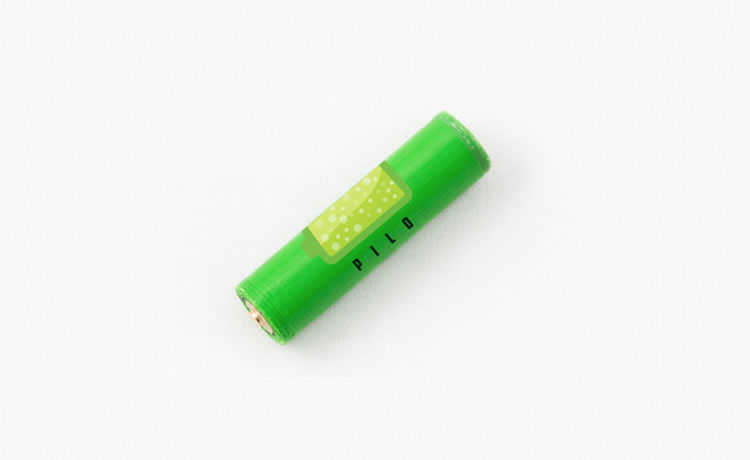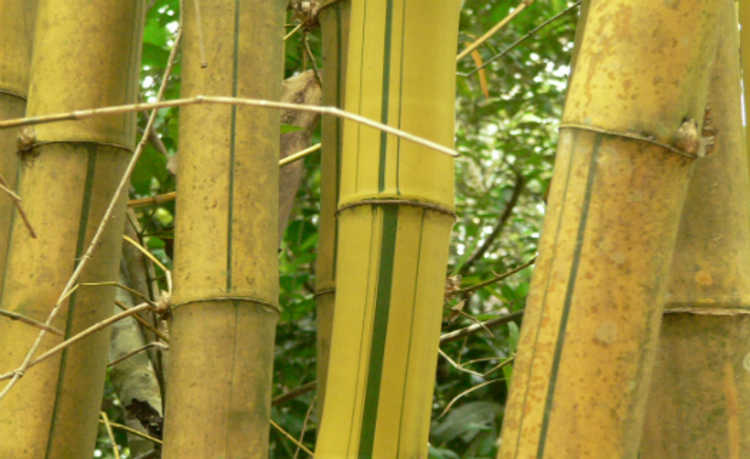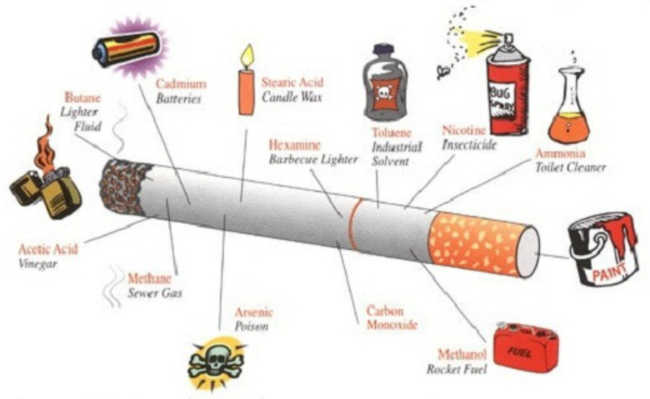Compact hydropower generator can be used in streams and rivers
If the water flows at seven kilometers an hour, the system produces 250 watts, enough to charge a laptop

Hydroelectric power generation technology has been around for over 100 years and in addition to helping the development of countries that have an abundant natural resource of water, it is also the most used form of renewable energy all around the world. However, hydroelectricity generally applies in the form of huge facilities, built around dams. Despite being classified as "clean", this energy source also charges its environmental price, as it floods areas adjacent to the construction of the plant, the decomposition of the submerged flora promotes CO2 emissions, there is an increase in the level and, in some cases, a change in the course of the rivers , to the detriment of fauna and flora, as well as affecting communities that inhabit the vicinity of these regions.
Aware of all this, the Japanese company Ibasei developed a small power generator hydroelectric plant that can be used in streams and rivers without all these harmful effects to the environment. To use, simply place the equipment in running water and Cappa, as the generator is called, uses a special box called a diffuser, which uses a special technology to increase the flow rate of water through the turbine, which manages to extract the energy. This energy turns the turbine and is converted into electrical energy by a generator. Then a controller and battery provide 100 volts of electricity between 50/60 Hertz that can be used in the home.
With water flowing at seven kilometers per hour, the system is capable of producing up to 250 watts, enough energy to charge a laptop. If it is not capable of supplying the entire house, some essential functions such as lamps, your internet or even your computers may remain on during a blackout. Five of these generators can supply, simultaneously arranged, about 1kW, so that the system can be used as an alternative source of energy on an emergency basis, replacing diesel generators, for example.
As this system is based on the natural current of the channel, its availability (time in use) is 100% and the machine itself is 100% recyclable. Its concept is oriented towards an energy source for local consumption, without the vision of reselling electricity, but rather its storage, a charging station that can help revitalize communities and supply lighting or applicable utilities, such as tourist attractions, for example .
Ibasei is in the testing phase and intends to launch the generator in 2013. As the size of each blade depends on the depth, width and speed of the river, the company is studying the possible segmentations for the different types of rivers and their respective amounts of available potential energy and so assemble system configurations to meet the different needs of your future customers.
It is estimated that this 250 watt model has a price equivalent to that of a compact car in Japan. It is still considered expensive, but if the idea works and is well accepted by the market, the price trend will be lower and the product can be marketed to a greater number of users.
See below the explanatory video about the generator.










